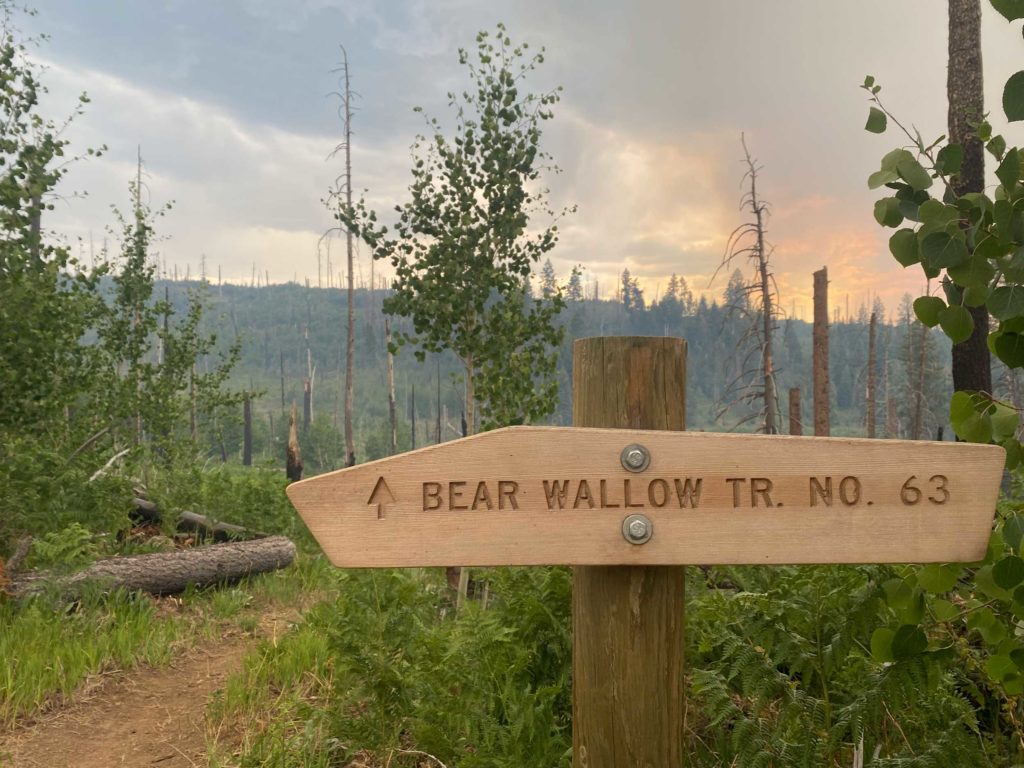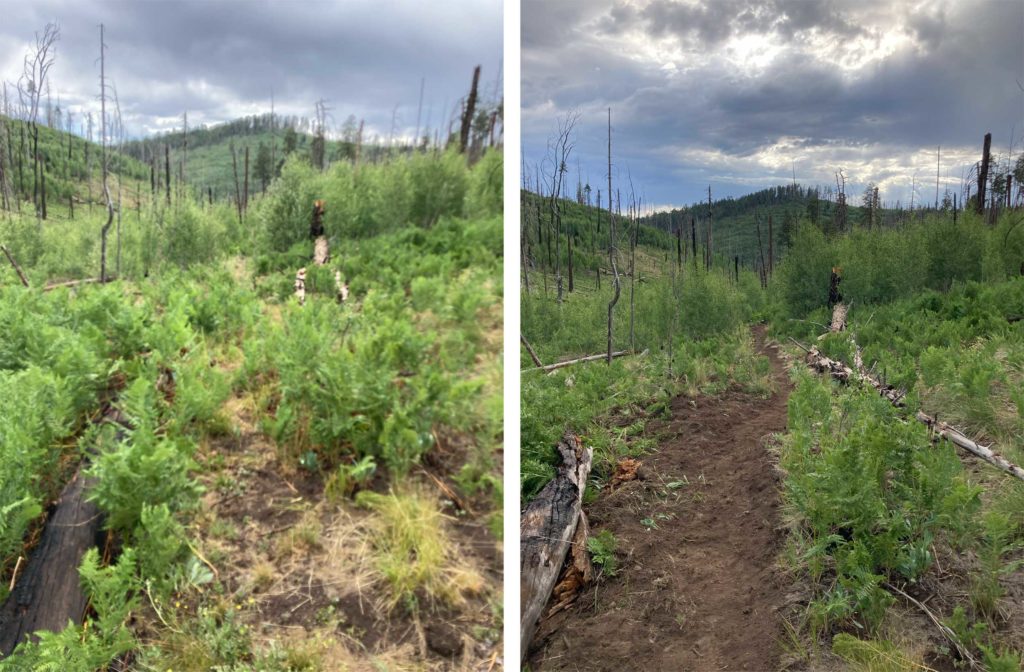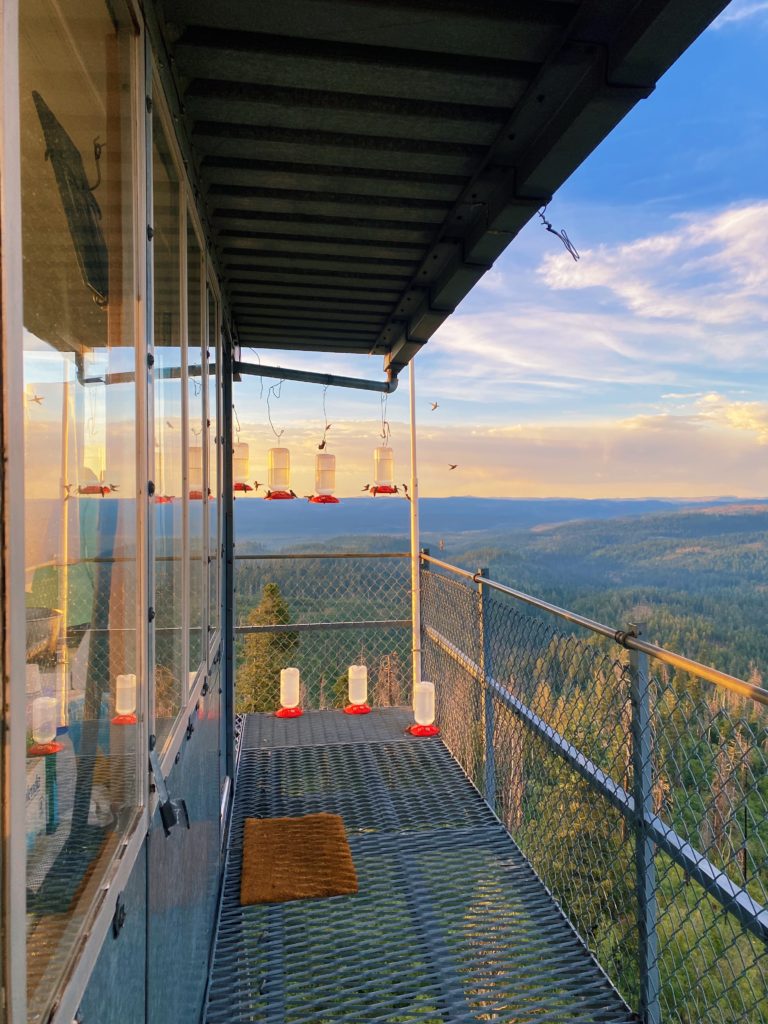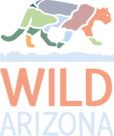
Written by Olivia Weinstein, Wild Stew Field Crew Member.
Howdy Readers!
Olivia here, writing to you about the Wild Stew Field Crew’s most recent hitch on the Bear Wallow Trail in the Bear Wallow Wilderness of the Apache-Sitgreaves National Forest. I am also writing to you guys for the final time as I officially wrap up my last hitch as part of the crew and head back home to New Orleans to enjoy that swampy humidity, those oddly celebratory hurricane parties, and a heart-healthy diet of fried seafood. After a year full of the most memorable times with Wild Arizona, this hitch in particular will always stick out in my memory as a bittersweet last hitch with the crew, but also as a fun and productive work week full of so many beautiful sights and a couple of newly made friends.
What reallyyy makes all this hard work wayyy easier is when we get to camp frontcountry. Eggs scrambling in the frying pan… A delectable assortment of fresh veggies simmering in a sauce that a French chef would die for… Coolers! Chairs! Actual pillows! Out there, frontcountry is basically a lifestyle of the rich and famous. With our minds well rested and our stomachs well fed, our crew of four hit the trail each morning with the focus and determination needed to knock out some much needed tread work. Also joining us throughout this hitch was Apache-Sitgreaves National Forest’s trail technician, Owen, who has become a valued asset and friendly campmate on our last few hitches.
One of the first obstacles we came across on Bear Wallow was the sheer amount of ferns growing into the trail. WHACK! PULL! BOOM! That’s the magic spell to remove ferns, and that’s what we did. Another more worrisome obstacle we ran into throughout much of the tread was the undesirable trend of insloping on both sides, ultimately creating a running ditch that enables further water erosion. In trying to find the cause of this, we looked at the overall lay of the trail. In the trail’s most eroded sections, we found that it follows the fall line vertically rather than horizontally across, thus creating the insloping effect. The fall line is the shortest and steepest way down a hill, AKA the path of least resistance for water as it flows downhill. To follow this line of despair is a no-no and the Pacific Crest Trail Association, for example, agrees: “Trails that follow the fall line are likely to erode badly and are impossible to drain. Ideally they should be relocated to follow the side slope at a grade less than 10% or have check dams installed to slow further erosion.” When any trail crew runs into this problem, rerouting the section of trail to run horizontally along the side slope is usually fix #1. However, reroutes can be extremely slow-moving and time consuming, and crews may choose to focus their efforts on impassable obstacles on the trail like severe brush and downed trees. This held true as we considered the amount of work that still had to be done down-trail to make Bear Wallow navigable at the least.

OUCH! That’s the sound I make when the sharp thorns of the New Mexico locust prick my skin, and there was many an ouch as we cut down walls and walls of this plant that fights back. In several sections of the trail, the New Mexico locust totally took over and blocked any view or passage through it for the most part. We took our loppers and handsaws to the culprits and they are growing far outside the trail corridor now. As for the logs down across the trail, we took our crosscut saws to them and rolled them off like a piece of cake! I credit the ease in which we quickly diagnose, cut, and remove logs to our two hitches bucking hundreds of logs on Mount Baldy at the beginning of the summer.

In case anyone forgot, with summer comes wildfires and with wildfires should come awareness, especially if you’re working in the immediate area of a fire. The Wild Stew crew practiced acute awareness and safety protocol surrounding fire behavior, communication, and evacuation given that we were near two active fires, the Corduroy Fire and the Gobbler Fire. We were also equipped with a Forest Service radio and were able to listen to all fire communication in the area, and that surely gave us peace of mind to be in the know.

What put us even higher “in the know,” both literally and figuratively, was visiting Don in the Reno Fire Lookout a few times during the week. Don is a stern-faced man who occasionally cracks a smile in conversation, between the cool stories he has to share with all who venture up the four flights of stairs that lead to the top of the lookout. Don welcomed any and all questions we had about the fires, and given that he has been a lookout for over 14 years now, he answered them like he has heard the questions a thousand times before. Towering high above the forest in which we’d been working, we were able to see both fires in the distance, as well as our camp, the majestic Mount Baldy, and hundreds of hummingbirds—the main attraction. Don puts out five feeders full of sugar water every day for the local hummingbirds, and in turn, they put on a show like no other. The hummingbirds flew circles around the tower at what seemed like impossible speeds and maneuvered around us with such precision; this was breathtaking in both a frightening and marvelous way.


Now I hope you can see why this hitch on Bear Wallow was so fun and memorable! We got to engage in a variety of work that improved the trail in a variety of ways. The tread has been re-benched and widened for easier walking, the trail corridor has been cleared of intruding vegetation, and many logs have been cut and rolled off the trail. All of this was done in great spirits, amidst sweaty mornings and thunderous afternoons too. Grab a friend and get hiking on Bear Wallow!








